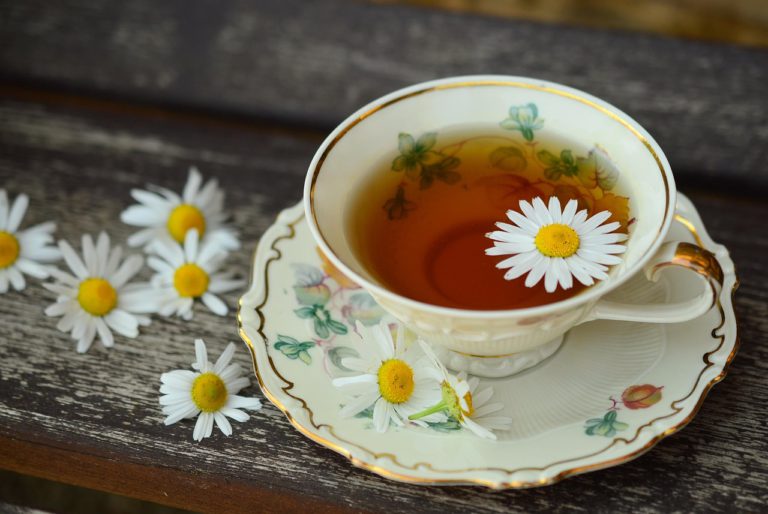From the very beginning of time, humans have danced this intricate ballet with nature, leaning on its generous bounty to heal and nourish us. Growing up, I can still picture my grandma’s unwavering belief in the magic of chamomile tea for sweet slumber and ginger tea for a woozy tummy. These little home remedies we pass down—sometimes they seem almost suspect, especially when a brightly colored aspirin bottle is sitting right there. Today, though, it feels like there’s been this magnetic pull back to herbal medicines, stirring up the age-old question: do these remedies really do the trick, and what’s the skinny on the science behind them?
Personally, I’ve always been a bit of a nature nerd, endlessly curious about how it intertwines with our health. Even while the big pharma world largely clinks with synthetic compounds, nature’s pharmacy tugs at my heartstrings with its enchanting allure. Strolling through gardens, I find myself surrounded by sages—not just the metaphorical kind but the leafy, botanical ones too. There’s a quiet humility in knowing that these humble leaves and roots carry age-old smarts.
The Roots of Herbal Medicine
Imagine diving into the annals of herbal medicine history—it’s like going on a mini-adventure back into human history itself. Before the flashy modern science era, ancient folks—from the Chinese dynasties to Egyptian lands—had this vast herb encyclopedia in their minds and hearts. In cultures like Traditional Chinese Medicine and Ayurveda, plants aren’t just maybe treatments; they’re revered pals in keeping balance and health afloat.
Did you know about willow bark’s connection to aspirin? (I love this tidbit!) Droves of ancient Egyptians chewed willow bark for pain relief. Fast forward to the 19th century, and whoa, we’re refining it for salicylic acid, paving the way for drugstore aspirin. This incredible thread spinning past wisdom and modern-day science together leaves me in awe. But it also makes you wonder which of these old-timey remedies stand the test of time and the sharp gaze of research.
Picking Apart the Greenery: How Do They Work?
Whenever I find myself wandering through the local farmer’s market, it’s like being hit by a rainbow of herbal possibilities. But the big question looms: how do these herbs work their magic? Turns out, plants create a smorgasbord of chemicals, built as their own defense against pesky pests and diseases. These bioactive bonanzas can tweak human biochemistry when consumed or slathered on.
Take St. John’s Wort, for instance. It often gets a shoutout for helping with mild depression, courtesy of its rich load of hypericin and hyperforin, which might amp up serotonin in our brain. Science kind of gives it a nod, with a bunch of studies backing it up. But caution lights flash, especially because it can mingle a bit weirdly with certain meds.
Now flip the page to other herbal remedies that swim without much scientific anchor but sail buoyed by tales. Think turmeric, with its golden cousin curcumin flaunting anti-inflammatory flair. Some studies get excited about its possibilities, yet others wag a finger at its tricky bioavailability (our bodies don’t absorb it that well). But hey, sipping a turmeric latte? The cozy hug it gives isn’t just placebo—I don’t think so, anyway!
Science and Skepticism: A Double-Edged Sword
Chatting about herbal remedies can feel like wading into a battleground of opinions. On one hand, there’s the skeptical crowd eyeing anything non-pharma with mistrust. On the flip, you’ve got passionate souls who swear by these earthy remedies. Science is this diplomatic bridge trying to knit it all together, offering evidence but not always drawing a solid conclusion.
This is where I often find myself in a tug-of-war. You get scientific studies that sing praise, then others that kind of yawn. It’s tough, especially when there are anecdotal stories bursting with hope, up against numbers that sometimes feel so dry and detached.
Listening to a friend’s story about valerian root soothing their worries or echinacea warding off the sniffles can tug at your heartstrings. Yet, these heartfelt tales, while full of warmth, often don’t have the rigorous stamp of cold, hard studies. It’s a tricky dance between what seems right and what’s proven.
Navigating the Regulation Maze
Then, there’s this whole kerfuffle with regulation—or the lack thereof—when it comes to herbal remedies. In many places, these remedies are floating in regulatory limbo. Often classified as dietary supplements, herbs don’t face the bracing tests that pharmaceuticals do.
For us consumers, cue the mental gymnastics. Picking up a bottle of herbal capsules often comes with that little voice in the back of my mind whispering, “Is this the real deal?” The bold claims on labels are nice, but who’s really looking inside the bottle under a microscope, right?
Amidst the swirling uncertainty, there’s an opportunity to learn. With more folks steering their health steer clear of monopolized health systems, access to resources and insights for informed decision-making is on the rise. Be it digging into clinical studies or chatting with herbalists who dance that fine line between tradition and science, knowledge becomes as mighty a tool as any herbal brew.
The Placebo Effect: Mind Over Matter?
The mind-body tango with herbal remedies (and all treatments really) never fails to boggle my mind. Say what you will about sugar pills, but the placebo effect speaks volumes about how powerful the human brain is when it comes to physical health.
This placebo puzzle leaves me delightfully baffled. Does my ginger tea really soothe my sore throat because of its active bits, or is my faith in it sprinkling some extra magic? Our brains are fascinating creatures. Studies pep up the notion that patients play-acting taking a ‘medicine’—even when it’s just sugar—can see real healing effects.
Maybe that’s the secret sauce, explaining why herbs thrive even amidst conflicting evidence. When we’re sipping on herbs, it’s about more than the molecules—it’s clinging to hope, turning rituals into comfort, and threading connections with ancestors who happened upon the same herbal paths.
A Conscious Blend: The Best of Both Worlds
Sure, herbs have a special nook in my heart, but I’m all about balance (most days, at least). Tapping into both natural and man-made treatments shouldn’t spark a tug-of-war but a seamless duet. It’s like creating this symphony where lavender oil cradles a worried mind while antibiotics wage their battle against a raging infection. In this ensemble, both sides chat amicably, understanding boundaries and potentials.
Personal Reflections: A Sip of Acceptance
So, where do I find myself amidst this herbal orchestra? Take a peek in my pantry, and you’ll spot echinacea snuggling up next to ibuprofen. My medicine cabinet is a crossroads of ageless wisdom and cutting-edge science. Sometimes, I grab peppermint tea for a gentle cuddle. Other times, only a precise prescription cuts it.
And you know, that’s perfectly cool. Life’s messy and rarely straightforward. The journey to well-being is filled with explorations, hiccups, and delightful discoveries more often than not. Whether you find peace in science-backed solutions or ancient, time-tested tales, what matters is making informed, thoughtful choices.
In the grand healing symphony, herbal remedies won’t always be the solos, but they’re endearing members of nature’s orchestra, waiting patiently for our attention. They continue to hum stories from the past and promises for the future. With open hearts and curious minds, we can uncover the harmony they bring.









